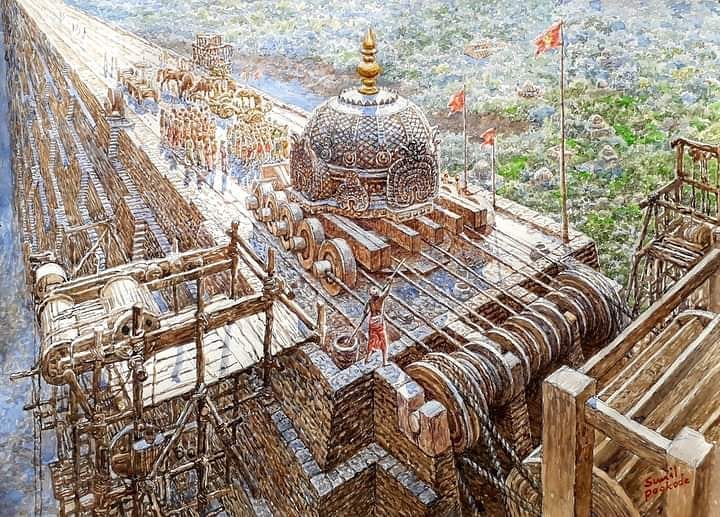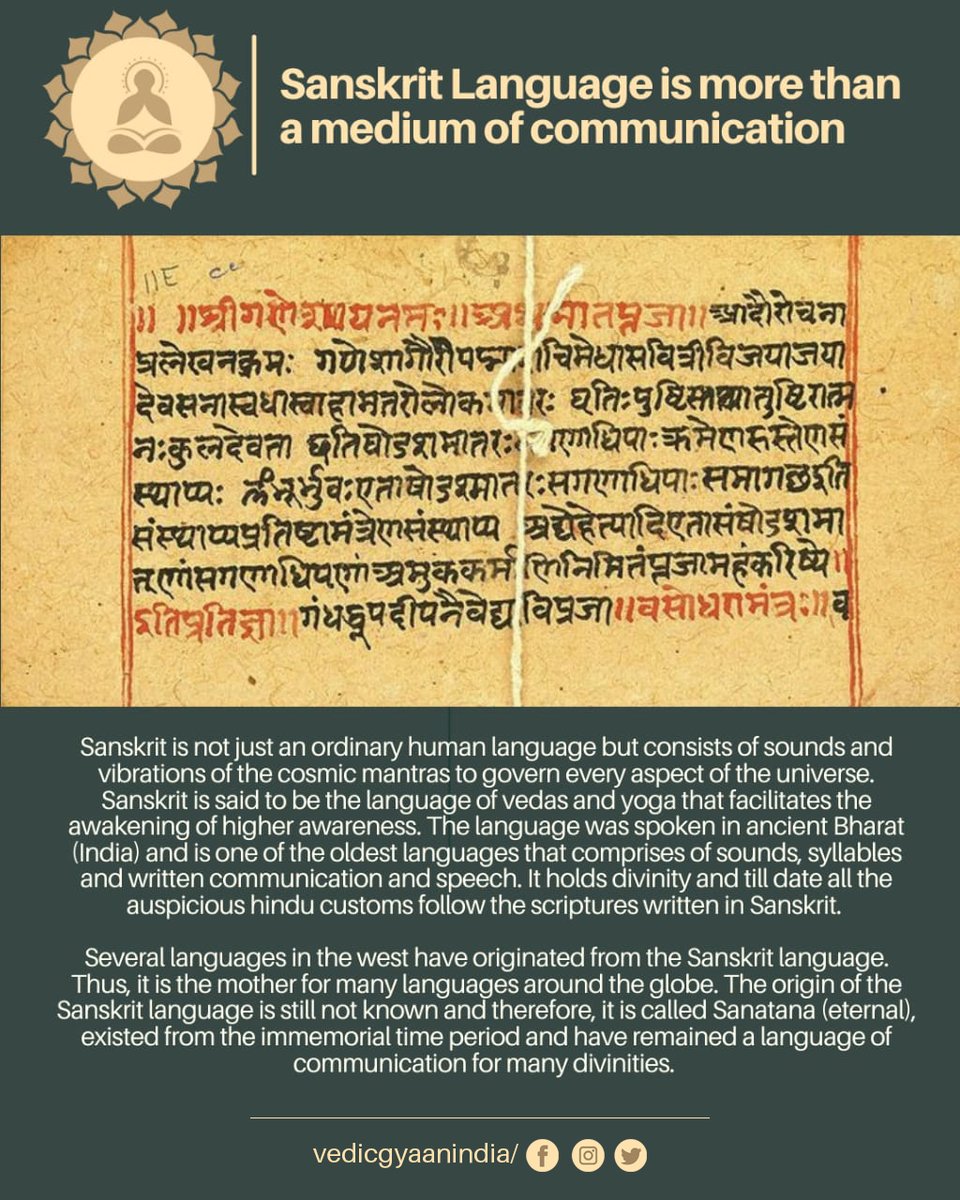
Some masterpieces have aspects that are hard to imagine. One such masterpiece is Brahadeswar. How did our ancestors manage to roll up a huge dome-like rock of heavy mass to the top of the temple? Is it even possible to defy the forces acting as angular momentum at higher 



elevations? While looking at the temple's antiquity, and the great mass of the rock makes things quite unimaginable. It's hard to say that what sought of technology did they used to pull up such a stressful task with impeccable perfection. Brahadeswar temple dedicated to Bhagwan 

Shiva is an architectural beauty of world-class and is an important UNESCO Heritage Monument Site located in Thanjavur city, #TamilNadu. It was built by the famous Chola king Sri Rajaraja 1000 plus years ago. It is the only temple with a 216 feet tall tower in the world entirely
made of hard rocks - granite and its related Igneous rocks of Archean group (3 billion-plus years old). The tall tower had a huge, beautifully carved dome with symmetrical images on all four sides, weighing about 80 tons. In addition to it, there are 4 pairs of huge stone Nandis
(bulls), facing different directions at all four corners. The various carved images and the Nandis on all four sides are mirror images of those on the other sides. They have perfect size, shape, and symmetry. This great feat, plus the placing of so huge a dome atop a 200 feet
tall rock tower, that too 1000 years ago will baffle our imagination and the visitors to this wonderful historical site are awe-struck.
Via: @instagram
Art Credits: Sunil Pookode
Via: @instagram
Art Credits: Sunil Pookode
• • •
Missing some Tweet in this thread? You can try to
force a refresh





















